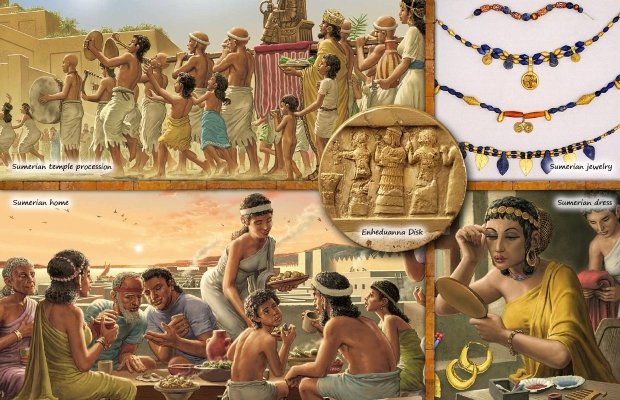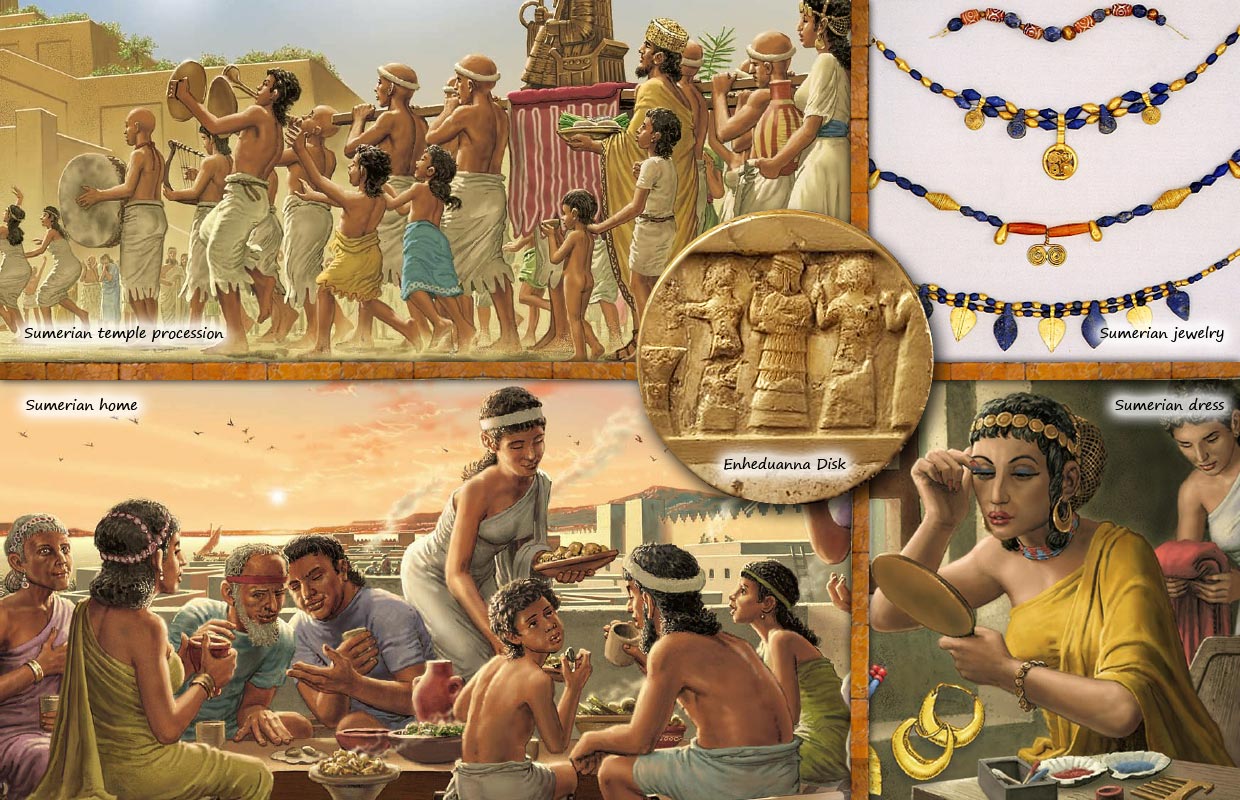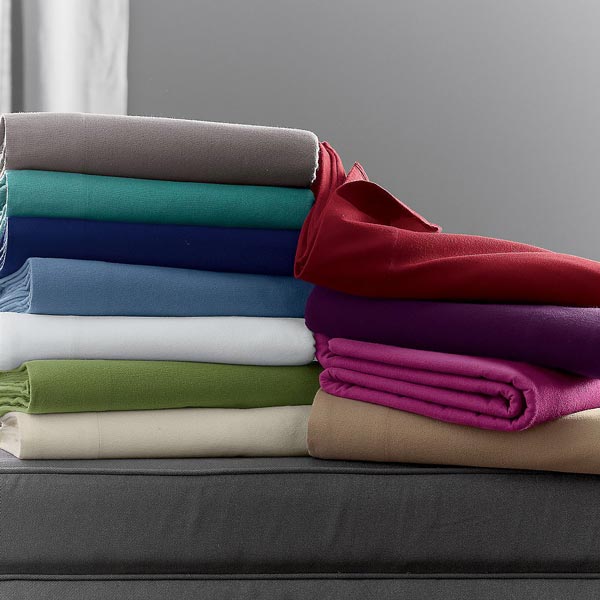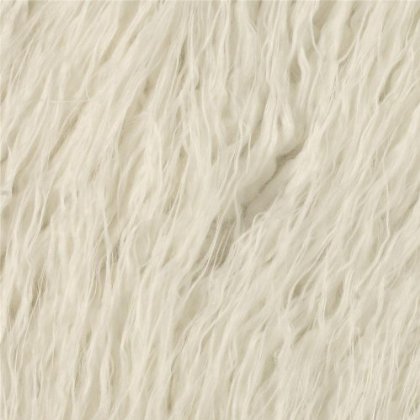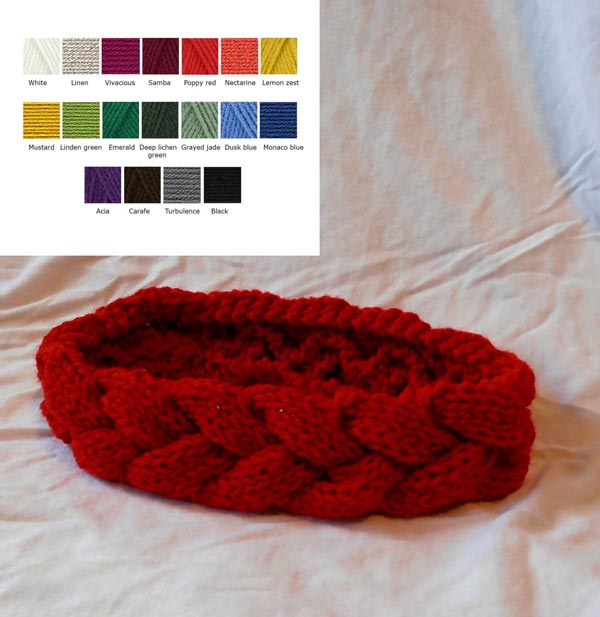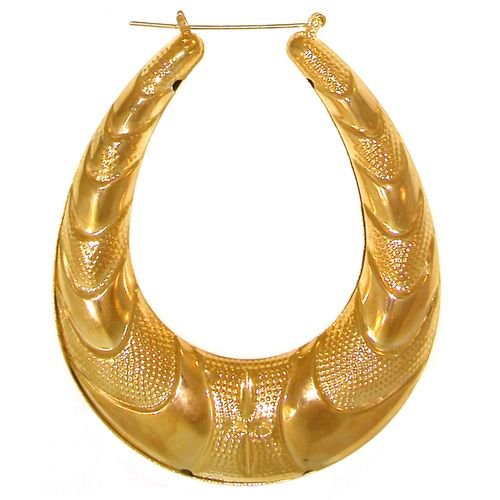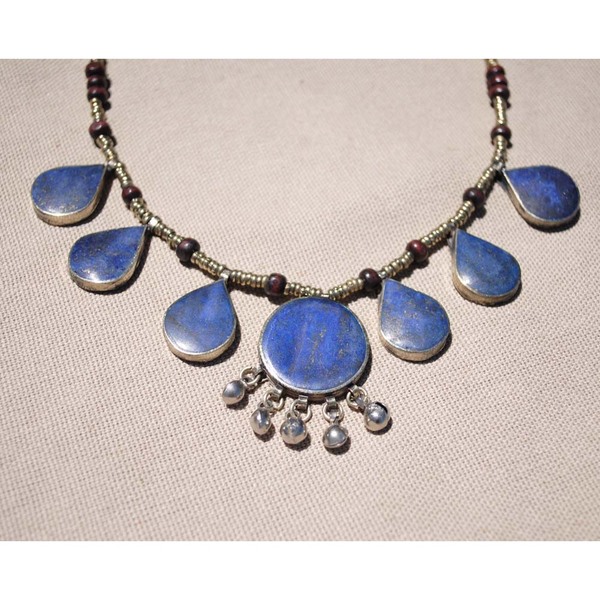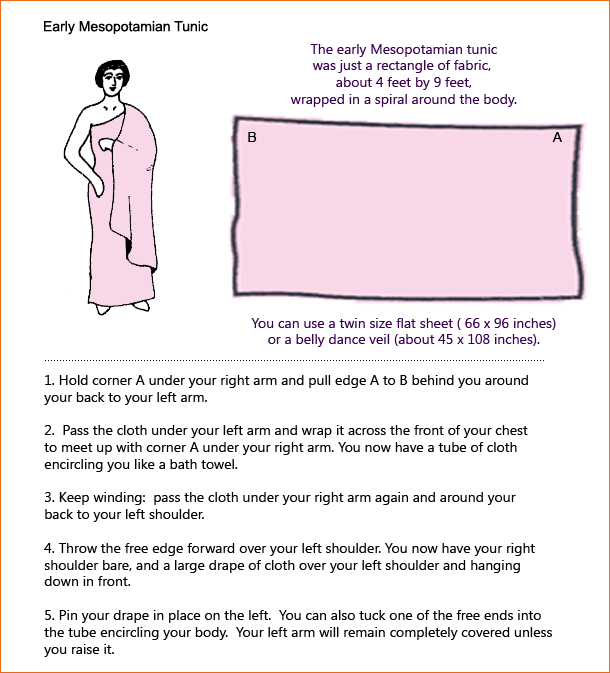Enheduanna (ca. 2300 BCE) has been called the Shakespeare of Sumerian literature. It might be more accurate to call Shakespeare the Enheduanna of English literature.
Enheduanna is the earliest known author in the history of human civilization. She is the first author whose name has come down to us, the first author to write in the first person. Daughter of King Sargon of Akkad, she was a high priestess and poet in Ur. Her powerful hymns to the goddess Inanna, in which she narrates her own inner life and religious consciousness, became sacred texts that were treasured for centuries. She was also an important political figure; indeed, she probably played a crucial role in Sargon’s rise to power and his consolidation of the religious establishment. The famous “Enheduanna Disk” (inset in our main illustration above) actually records her likeness, showing her flanked by attendants as she presides over a temple procession.
The pieces we suggest, from left to right:
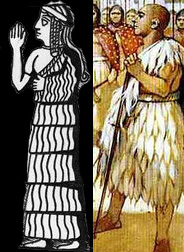
Kaunakes. On the left, a line drawing of the Enheduanna Disk. On the right, an illustration by Angus McBride of a Sumerian man wearing a kaunakes.
1. Twin size flannel flat sheet. The early Mesopotamian woman’s tunic was simply a rectangle of wool wrapped spirally around the body. The ideal size for the rectangle is about 48 inches by 108 inches, so a twin size sheet is a little bit off (the standard twin is 66 x 96 inches). It’s workable though; just fold down the excess. We give you instructions below on how to wrap it around your body. Red-dyed wool was the style for extremely high-status people, so we suggest the garnet sheet.
2. Optional: Three yards of 58-inch wide curly Mongolian faux fur. Most of the time Enheduanna would have worn the standard woolen tunic (#1), but on the Enheduanna Disk she’s shown wearing an archaic garment called the kaunakes. This was a cloth woven with big tufts of wool pulled out to make a super-thick shag—as if the early weavers were trying to preserve the look of sheepskin. By Enheduanna’s day this kind of cloth was probably centuries out of date and restricted purely to religious vestments. Anyway, that’s why her dress on the disk looks fluffy: she’s wearing a kaunakes. If you want to try that, get three yards of shaggy faux fur and wind it around you like a regular tunic (instructions below).
3. Braided turban headband. As high priestess, Enheduanna wore a distinctive headdress called the aga. The construction of this thing is not entirely clear from the ancient statues and reliefs: was it a cap with a rolled brim, or just a thick turban-like band around the head? The simplest approach for the costume is to go with something like this braided headband; we suggest the yellow or red. If you have long hair, wear it free flowing down your back or in long braids, which is what archaeologists think was the style for high priestesses.
4. Gold door knocker earrings. Big gold hoop earrings just like this have been found in early Mesopotamian burials.
5. Lapis lazuli necklace. The Sumerians loved jewelry of lapis lazuli, carnelian, gold, and silver. This handcrafted necklace from Afghanistan has a similar look with real lapis lazuli, silver, and reddish beads.
How to make the tunic: The early Mesopotamian tunic was just a big rectangle of cloth taken straight off the loom and wrapped around the body. All you need is a twin size sheet or a belly dance veil, plus some safety pins to help keep things in position. Here are your instructions:
Shoes: The Sumerians didn’t wear any. But that probably won’t work if you’re going out, so just wear simple flat sandals.
Makeup: The Sumerians liked to outline their eyes very heavily with kohl, so wear eyeliner top and bottom.
Illustration credits: All the paintings of Sumerian life are by Oliver Frey and appeared in the book Living in Ancient Mesopotamia, Chelsea House, New York, 2009. The Enheduanna Disk and the Sumerian jewelry are in the collection of the Penn Museum.

